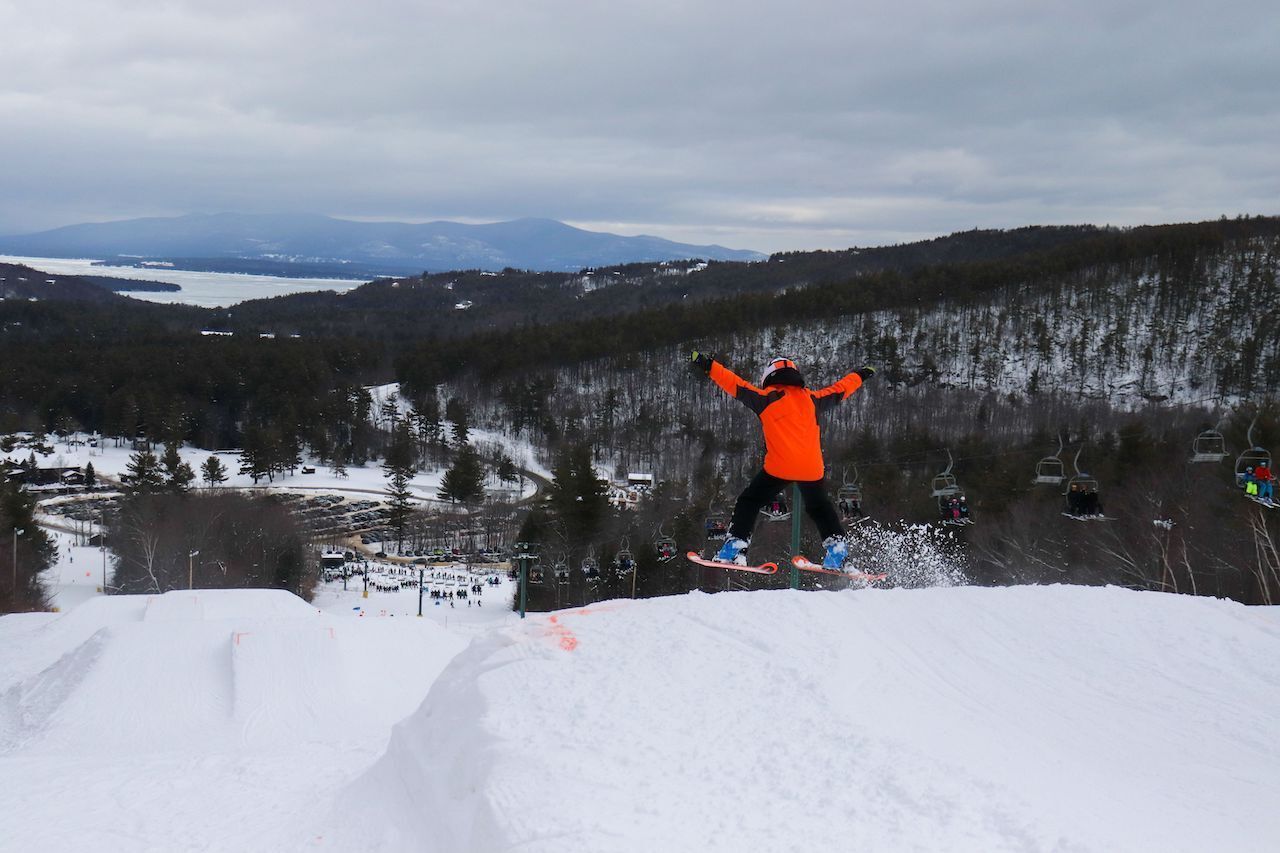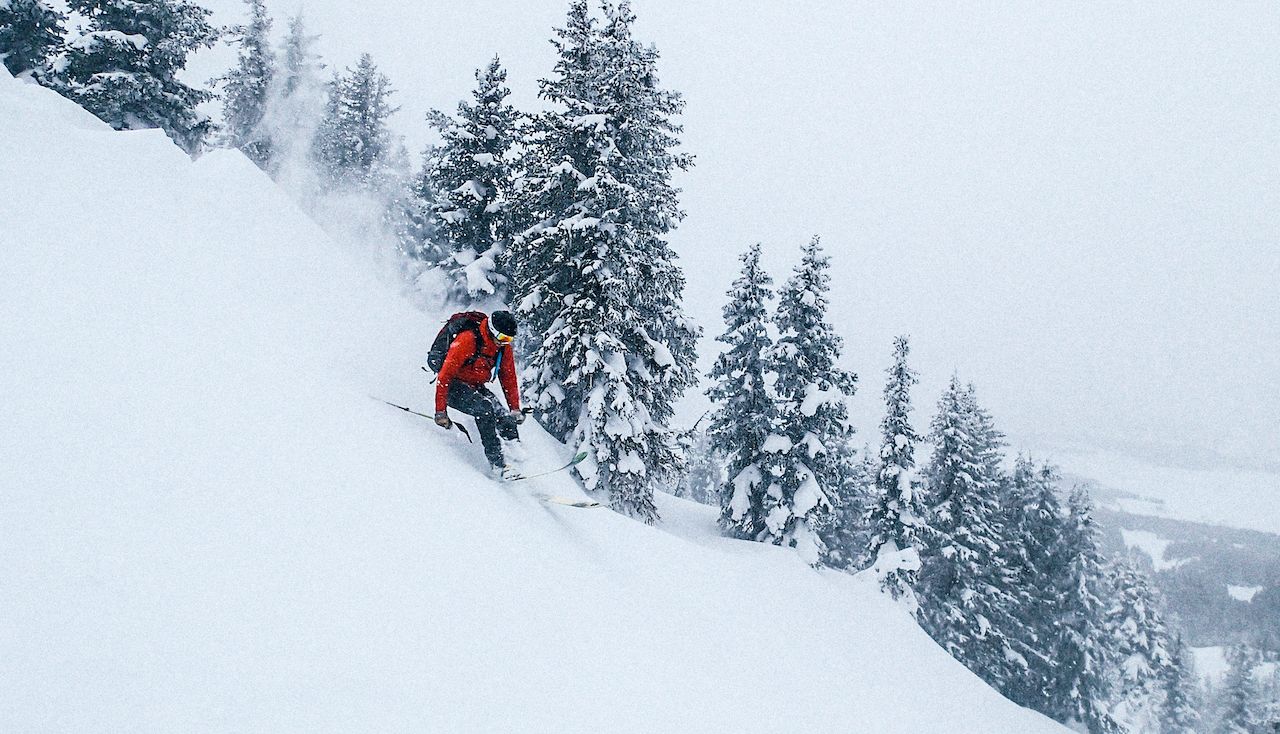“We don’t have any high-speed quads; however, we’ve never had a lift line,” said Scott Curry, Director of Marketing at Utah’s Eagle Point Resort, explaining a predicament many small ski areas find themselves in.
Located in the FIshlake National Forest three-and-a-half hours south of Salt Lake City, Eagle Point offers 650 acres of skiable terrain accessed by five lifts. Like independent ski areas around the United States and Canada, Eagle Point is not part of the high-profile ski passes offered by Vail Resorts and Alterra Mountain Co., the country’s two major resort operators. This saves them the crowds but also prevents many who might love the place from ever visiting.



